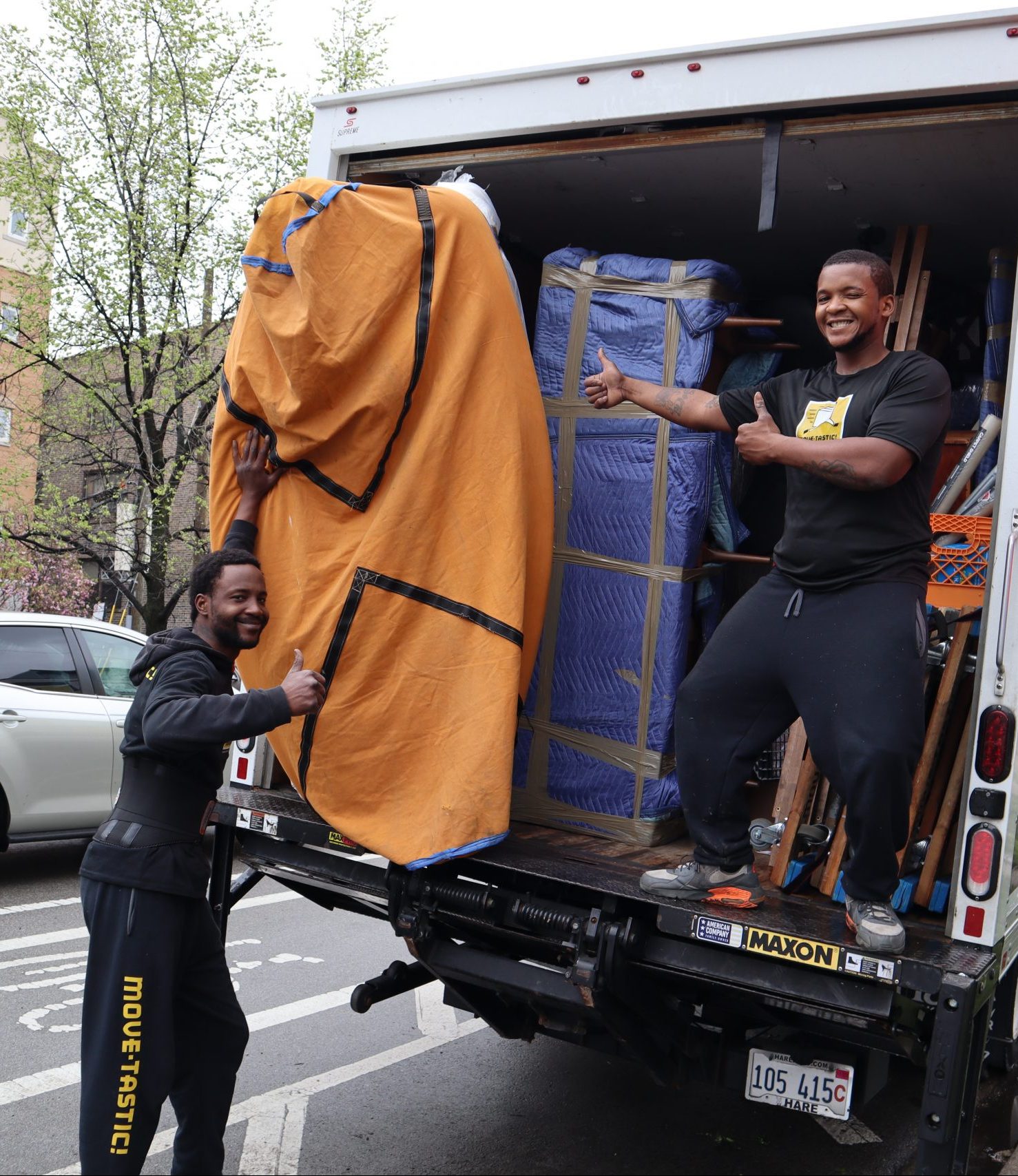
by Rose Morrison
Rose is the managing editor of Renovated, a home living site where she strives to help people live their best DIY lives.
You’ve decided to downsize for personal reasons — perhaps to save money or deal with less housework — and now it’s time to prepare for the big day.
Some relish the idea of starting over, but moving to a smaller home may pose several challenges for those used to having room to spread out.
Take a deep breath and ease your worries about downsizing. These eight tips will help you prepare to relocate to a smaller space during each stage of the move.
Change Your Mindset
Moving can be overwhelming for anyone — and having to purge your belongings to fit into tighter quarters is an added stress.
After years of collecting trinkets and family heirlooms, a shift toward minimalism might seem daunting. However, a simpler lifestyle welcomes greater savings and a deeper appreciation for what you have.
Changing your mindset about downsizing is essential and may require you to put your reasons for it into perspective. For example, college costs an average of $35,331 annually per student. If you’re downsizing to afford your child’s tuition, the amount you’ll be able to contribute may lessen any negative feelings.
Create a Checklist
There’s a lot to remember when planning to move to a smaller space. Aside from purging unnecessary possessions and packing what you plan to bring, you also must account for mail delivery, subscriptions, policy and insurance plans, and other services you’ll no longer need or have to transfer over.
A moving checklist can take a load off your shoulders and ensure you don’t forget anything. One item you should include on your list is canceling utility services and scheduling them to begin at your new address on moving day.
Imagine how difficult it would be to carry and unpack boxes without electricity.
Take Stock of What You Have
Take stock of your belongings and determine what you need for small-space living. Also, decide which items no longer serve a purpose or hold meaning in your life.
Measure your furniture to ensure it’ll fit into your new home, and take photos of each new room’s layout to figure out how to position the pieces ahead of time.
It would be best if you also decided whether you want to keep every family heirloom. Asking friends and family if they’d like to take anything is a great way to relieve the guilt you might feel about donating them.
Some items may be easier to throw away than others. Although you may have been excited to purchase something years ago, people tend to lose interest and enjoyment with products over time.
Pack Like a Pro
Be smart about the way you pack your household belongings. Protect fragile items by wrapping them in packing paper or bubble wrap and seal the boxes tightly.
Label each box with the room they belong in, making it easier for you and the movers to sort through the items upon delivery.
Remember that the more you bring with you, the more you’ll throw out again and the higher the cost. On average, a local move costs $1,250 for 7,500 pounds, while long-distance moves might run upward of $4,890 per 1,000 miles.
Rent a Storage Unit
Items you’d prefer to keep that won’t fit into the smaller space may be retained at a storage unit facility.
You can rent a storage unit for about $100 to $300, depending on where you live and how much space you need. Popular companies may offer discounts if you purchase your unit online.
Investing in a storage unit may be ideal if you have limited closet space in a smaller home. Keep your winter coats, boots, scarves and other cold-weather apparel in plastic bins there during the spring and summer, then swap them out when the seasons change.
Considering Chicago’s annual snowfall is 37 inches, throwing away your winter essentials is probably not the best decision, even when trying to downsize.
Invest in Modular Furniture
Modular furniture reduces some of the burdens of fitting large pieces into a small space. You might have room for a king-size bed, two nightstands and a dresser at your current home, but you probably won’t have the same square footage to work with at the new place.
A captain’s bed with pull-out drawers could compensate for the loss in dresser drawers and bulky nightstands.
Meanwhile, modular tables allow you to fold the edges down to seat two people comfortably, while you can lift the ends when you have guests for dinner.
Unpack With Ease
Understandably, many buyers and renters like to unpack immediately to settle into their new homes.
Focus on the essentials before you open every box and unload everything. For example, you don’t want to spend your first night sleeping on the floor, so set up your bedroom furniture first.
The bathroom and kitchen are two other rooms you should immediately unpack, followed by larger items and decorative pieces. A professional moving company will likely help you assemble the sofa, coffee table and other large items.
Optimize Storage
Downsizing will require a bit of creativity for storing your belongings, and you’ll want to utilize every nook and cranny.
Purchase a hanging shoe rack for your closet to prevent footwear from piling up on the floor. In the kitchen, a mount on the cabinet side panel may be helpful to hold a paper towel roll or even a cutting board.
Additionally, hooks and racks may be great for keeping your car keys in one place, hanging pots and pans, or storing hand towels.
Save the Heavy Lifting for the Professionals
You have enough to worry about when moving to a smaller space. Make things more manageable by letting the professionals handle the heavy lifting for you. Contact Chicago’s favorite moving company to get a team that will stick with you from start to finish.